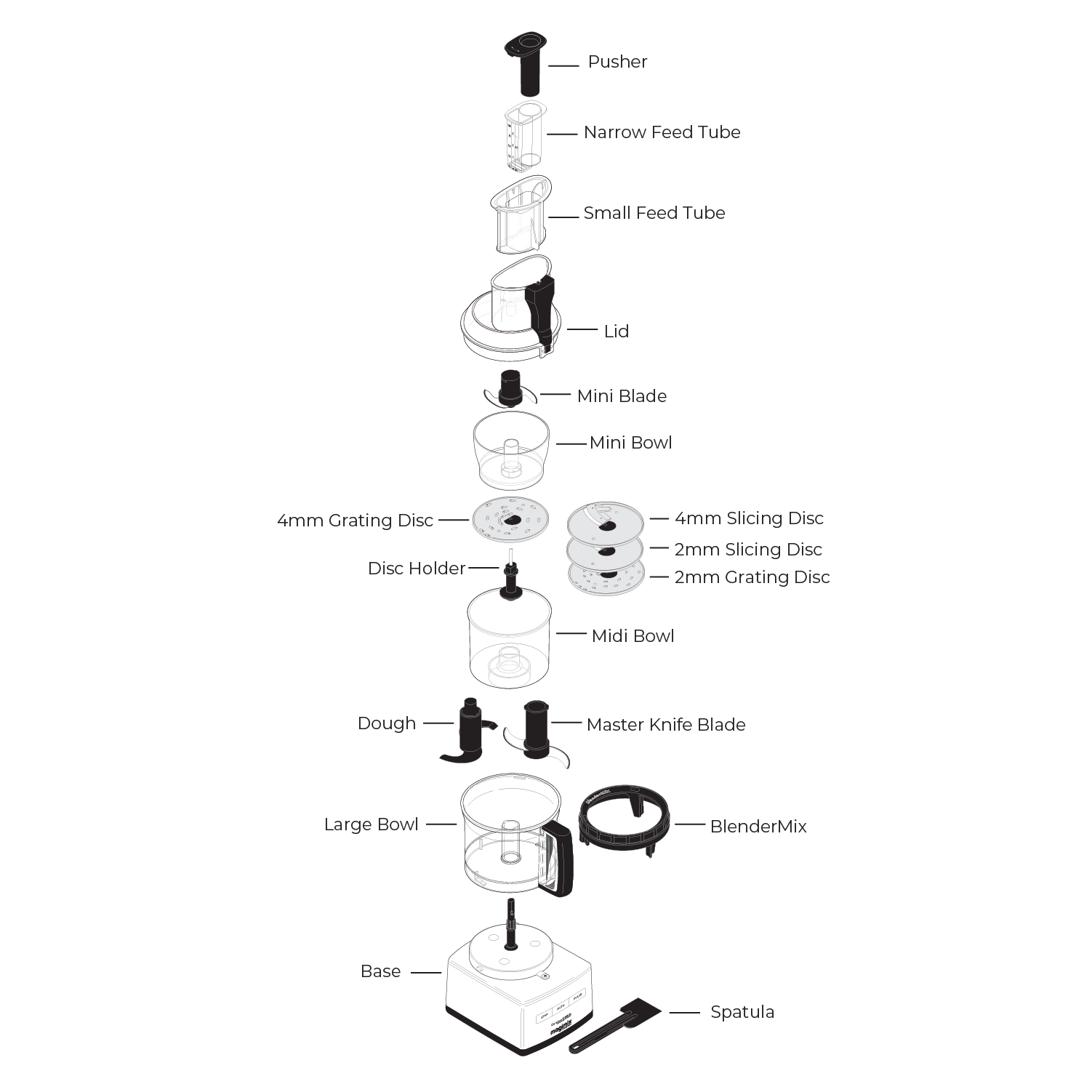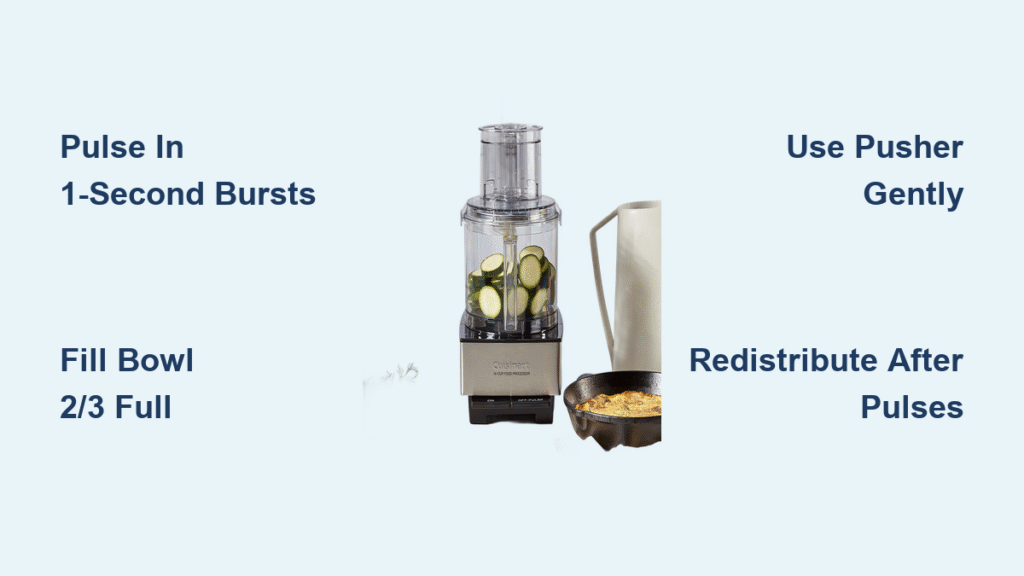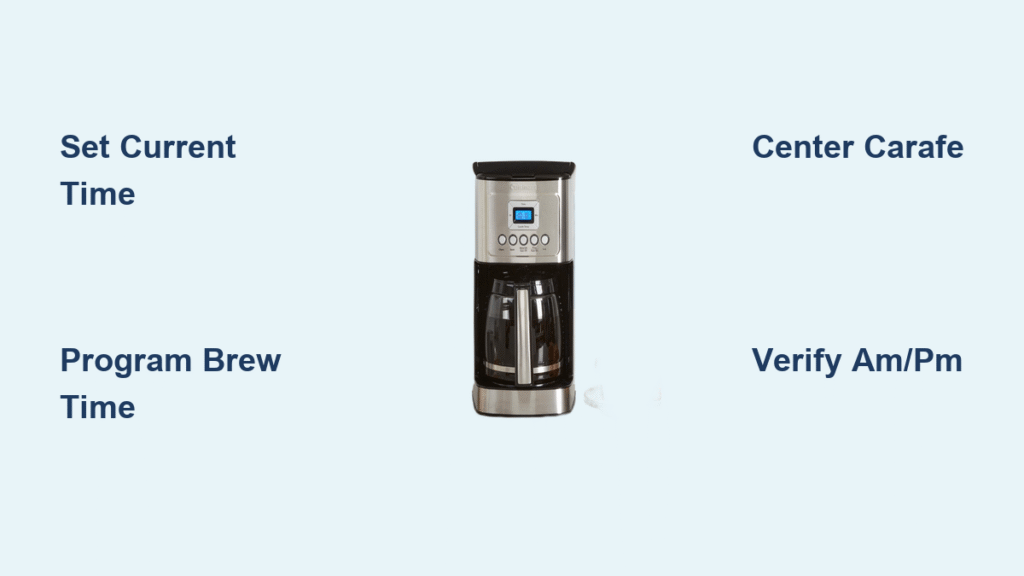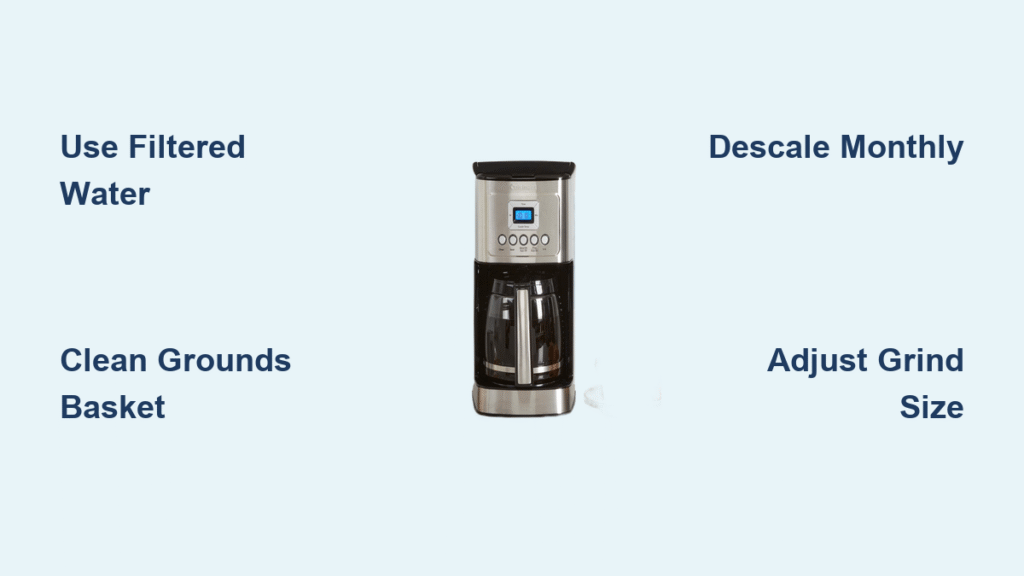Your Cuisinart food processor sits in your kitchen promising lightning-fast vegetable prep—but if you’ve ever tried to create uniform 1/2-inch pieces for a special recipe, you’ve likely experienced the frustration of either oversized chunks or complete mush. The reality is that achieving perfectly consistent sizing with your Cuisinart is fundamentally limited by its design, not your technique. This guide reveals exactly what your food processor can and cannot do, providing practical solutions for the chopping results you actually need in real cooking situations.
Many home cooks waste valuable time trying to force their Cuisinart to produce uniform 1/2-inch vegetable pieces, only to end up manually fixing the results anyway. You’ll discover why that perfect uniformity remains elusive with any standard food processor, learn the precise pulsing method that delivers the best possible results for general cooking, and identify when switching to your chef’s knife will actually save you time. Whether you’re prepping vegetables for hearty soups or need consistent sizes for even cooking, these tested approaches will transform your food processor from a source of frustration to a reliable kitchen asset.
Position and Load Ingredients Correctly for Best Results
Always start with cold, dry vegetables straight from the refrigerator—room temperature produce tends to break down too quickly during processing. Before loading your Cuisinart, cut large items like onions, peppers, or carrots into 2-3 inch chunks that fit easily through the feed tube. This initial prep work prevents jamming and creates more consistent results.
Fill the work bowl no more than 2/3 full to ensure even processing. Overcrowding forces the blade to work harder while creating uneven results—larger pieces remain untouched at the top while bottom layers become over-processed. For dense vegetables like carrots or potatoes, consider filling only halfway to maintain control over the final texture.
When adding ingredients through the feed tube, use the pusher to apply gentle, consistent pressure rather than forcing pieces downward. Aggressive pushing creates uneven pressure on the blade, causing some vegetables to process faster than others. Let gravity do most of the work while maintaining light contact with the pusher.
Perfect Pulse Timing Method for General Chopping
Use the pulse button exclusively for chopping control—never the continuous ON setting when aiming for recognizable vegetable pieces. Press and release in precise 1-second intervals, checking contents after each pulse. Most vegetables require 4-6 pulses for general soup preparation, but this varies based on vegetable density and initial size.
Between pulses, remove the lid and redistribute contents with a silicone spatula, bringing larger pieces from the top toward the blade. This critical step prevents the bottom layer from over-processing while larger chunks remain untouched. For dense vegetables like sweet potatoes, redistribute after every pulse; for softer vegetables like tomatoes, every other pulse suffices.
Stop processing immediately when the largest pieces reach approximately 3/4 inch—smaller bits will continue cooking and breaking down during preparation. Continuing to pulse hoping for uniformity will only create mush. The visual cue you’re looking for is predominantly small-to-medium pieces with just a few larger chunks that will cook down appropriately.
Why Uniform 1/2-Inch Pieces Fail with Any Food Processor

Built-In Design Limitations You Can’t Overcome
Your Cuisinart’s blade assembly creates a processing pattern that simply cannot produce uniform 1/2-inch pieces regardless of technique refinement. The spinning blade pulls vegetables downward in irregular patterns, creating random chopping action that inherently produces varied sizes. This isn’t a flaw in your specific model—it’s a fundamental limitation of food processor design affecting all major brands including KitchenAid.
Testing reveals why perfect uniformity remains impossible:
– Pulse 1: Minimal size reduction—pieces remain significantly larger than 1/2 inch
– Pulse 2: Dramatic size reduction—many pieces suddenly become too small
– No middle ground: The binary outcome between “too chunky” and “over-processed” exists regardless of pulse duration
This isn’t user error—it’s physics. The blade’s cutting action creates this unavoidable pattern that even professional chefs cannot overcome through better technique alone.
Faster Manual Alternatives When Precision Matters
Knife Technique Actually Saves Time for Uniform Pieces
When uniform 1/2-inch pieces are essential for presentation or even cooking, hand chopping with a sharp chef’s knife proves faster overall than struggling with your food processor. Factor in assembly, processing, troubleshooting uneven results, and cleanup time, and manual cutting consistently wins for precision work. Professional chefs achieve uniform sizing using the rock-chop method: anchoring the knife tip while creating a steady rocking motion that produces rhythmic, even cuts.
Practice the square-cut method for precise 1/2-inch cubes:
1. Slice vegetables into 1/2-inch thick planks using a ruler initially until you develop visual accuracy
2. Stack planks and cut into 1/2-inch strips, keeping them aligned
3. Rotate strips 90 degrees and cut crosswise into perfect cubes
This technique becomes surprisingly efficient after just 3-4 practice sessions. Many home cooks report mastering it during canning season when consistent sizing becomes critical for both cooking and presentation.
Optimize Cuisinart Use for Practical Cooking Needs
Soup Preparation Strategy That Works
Accept varied vegetable sizes when making soup—your Cuisinart excels in this application where precise sizing isn’t critical. Aim for 1/4 to 3/4 inch pieces that create visual interest and different cooking rates enhancing soup complexity. The varied sizes actually improve final texture, with smaller bits dissolving to naturally thicken the broth while larger pieces provide satisfying texture.
Process vegetables in separate batches rather than mixing types. Onions break down faster than carrots, so pulse each vegetable type individually to prevent over-processing quick-cooking vegetables while waiting for denser ones to reach proper size. Clean the work bowl between batches—residual bits from previous vegetables create uneven sizing in subsequent batches.
For leafy greens like kale or spinach, pulse in small quantities (no more than 1 cup at a time) to prevent matting. Add a tablespoon of olive oil before processing to help the blades move smoothly through fibrous greens without creating paste-like consistency.
Blade Selection and Maintenance for Optimal Performance

Standard Blade Works Best for General Chopping
Your Cuisinart’s standard S-blade (chopping blade) remains optimal for general vegetable prep—no alternative blade configuration improves the fundamental uniform sizing limitation. Shredding discs, slicing discs, or specialty blades cannot solve the core design challenge of creating uniform larger pieces. The fundamental constraint lies in the processor’s action, not blade selection.
Replace your blade every 2-3 years with regular use, or immediately if you notice increased processing time or uneven results. A dull blade requires more pulses to achieve the same results, dramatically increasing the likelihood of over-processing. Test blade sharpness by processing a single onion—if it takes more than 6 pulses to reach soup-ready size, replace the blade immediately.
Before each use, inspect the blade for nicks or damage along the edges. Even minor imperfections create inconsistent cutting action that exacerbates uneven results. Hand-wash your blade with warm soapy water immediately after use—never put it in the dishwasher where harsh detergents and high heat can damage the edge.
Realistic Expectations for Maximum Kitchen Efficiency
Accept Limitations While Maximizing Strengths
Your Cuisinart food processor delivers excellent results for applications where precise sizing isn’t critical. Use it confidently for:
– Soup vegetables where varied sizes enhance texture
– Salsa ingredients requiring rustic appearance
– Stuffing mixtures for poultry
– General meal prep where speed trumps uniformity
– Large-batch processing for freezing or canning
The processor shines when you need speed for tasks where appearance matters less than function. For large quantities of vegetables destined for soups, stews, or sauces, your Cuisinart remains unmatched for efficiency.
When to Reach for Your Chef’s Knife Instead
Choose manual chopping when:
– Uniform 1/2-inch pieces are required for presentation
– Cooking times depend on consistent sizing (like stir-fries)
– Recipe aesthetics matter for special occasions
– Small quantities don’t justify assembly and cleanup effort
– Delicate ingredients like fresh herbs would become paste in the processor
Understanding these realistic capabilities prevents frustration while maximizing your processor’s genuine strengths in speed and convenience for appropriate applications. The most efficient cooks recognize when to use each tool rather than forcing one solution for every task.
Your Cuisinart food processor remains a valuable kitchen workhorse despite its uniform sizing limitations. Master the precise pulse technique for general chopping needs where varied sizes enhance your dishes, and confidently reach for your chef’s knife when precision demands it. This strategic approach eliminates the common frustration of fighting your equipment and transforms your food processor into a reliable partner for the tasks it handles best—saving you time while delivering results that actually improve your cooking. By working with your Cuisinart’s natural capabilities rather than against them, you’ll discover it’s not about achieving impossible uniformity, but about leveraging the right tool for each specific kitchen task.





